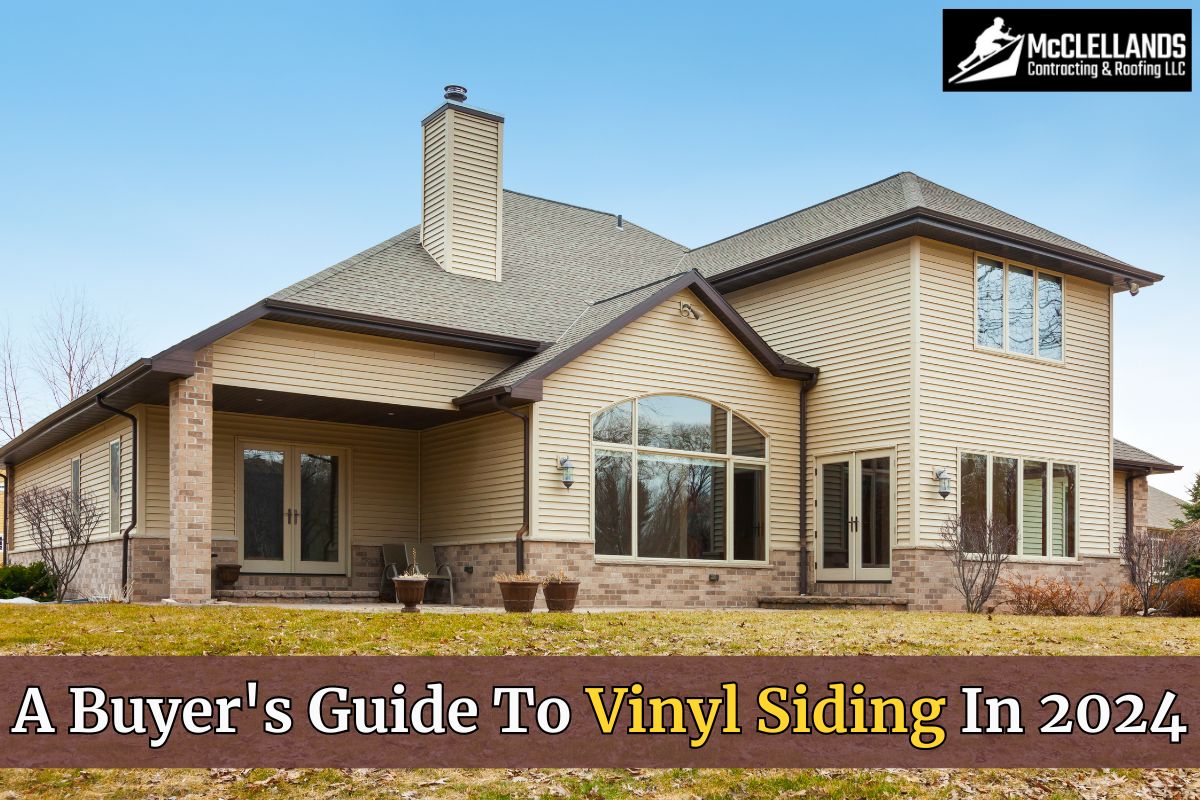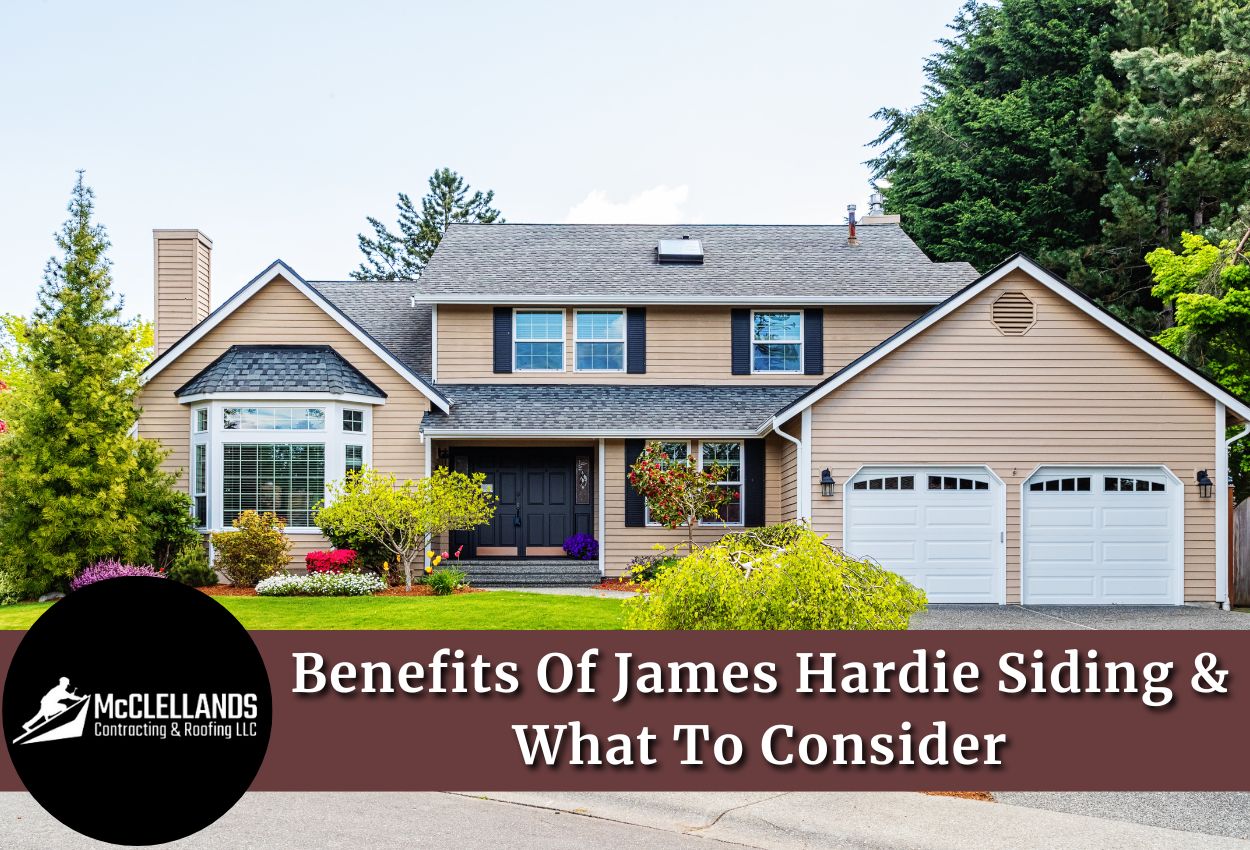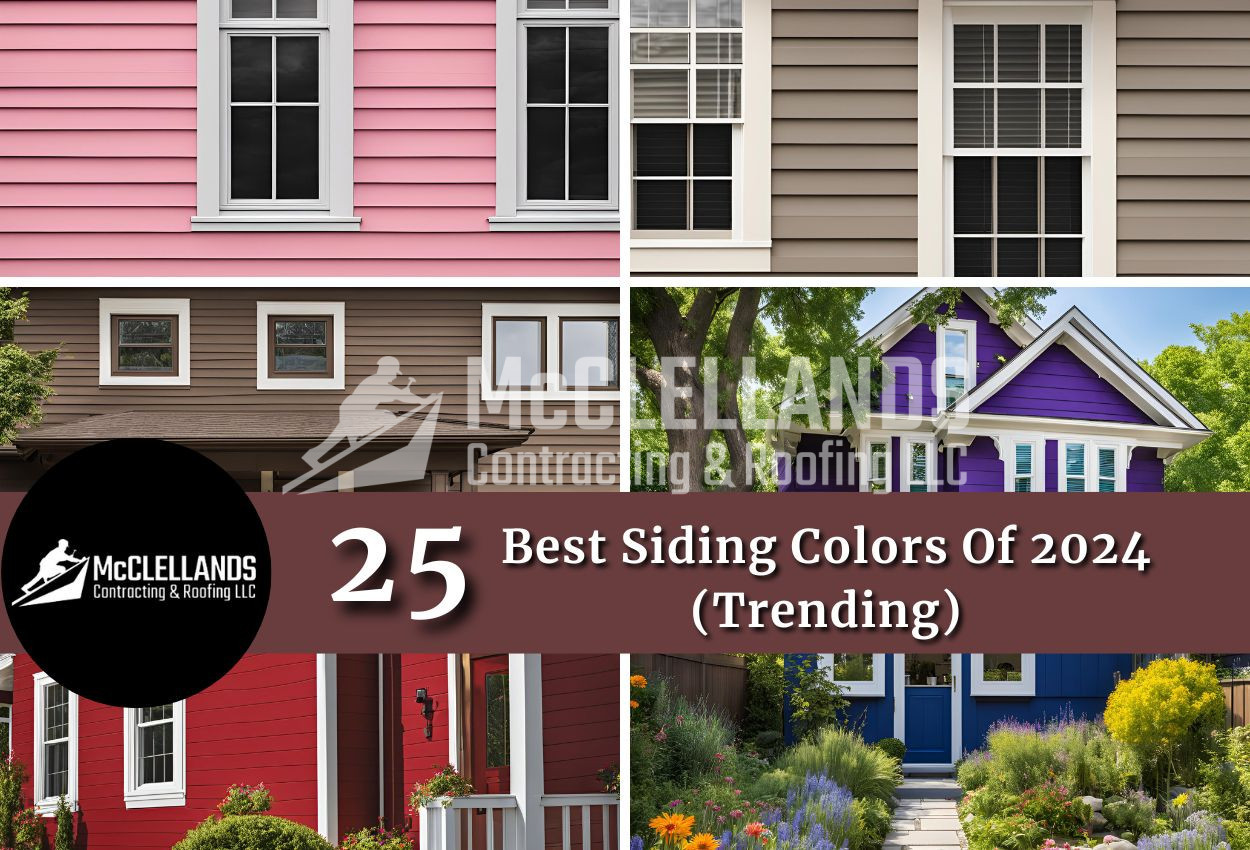Do you want to install new siding around your house? Then there must be so many questions on your mind. Where can I buy good vinyl siding panels? How many styles are there? What’s the cost of installation? To answer these types of questions, we’ve created this buyer’s guide for homeowners. It contains all the information you need for when you’re shopping for vinyl siding materials.
How Much Does Vinyl Siding Cost In 2024?
On average, homeowners typically pay around $3 to $8 per square foot for the installation of new vinyl siding on their homes.
Here's a breakdown of the typical costs associated with vinyl siding:
Material Cost
Vinyl siding materials usually range from $1 to $4 per square foot. While higher-quality panels may cost more, they tend to offer better durability and aesthetics.
Installation or Labor Costs
Installation costs for vinyl siding vary depending on factors such as labor rates in your area, the complexity of the job, and whether any additional preparation work is needed. The labor costs associated with installing vinyl siding typically revolve around $2 to $4 per square foot.
Additional Materials and Accessories
In addition to siding panels, you may need to purchase additional materials and accessories such as insulation, trim pieces, corner posts, soffits, fascia, and mounting hardware. These are separate materials that add to the overall expense of the project.
Other Factors
Other factors that can affect the cost of vinyl siding installation include the size and shape of the home, the presence of obstacles such as windows and doors, the need for any repairs or modifications to the existing siding, and any additional customization or special requests.
What Are The Different Types Of Vinyl Siding Styles?
When we discuss style we’re referring to the design and shape of the panels. Here are some of the most popular vinyl siding styles in 2024:
Lap Siding
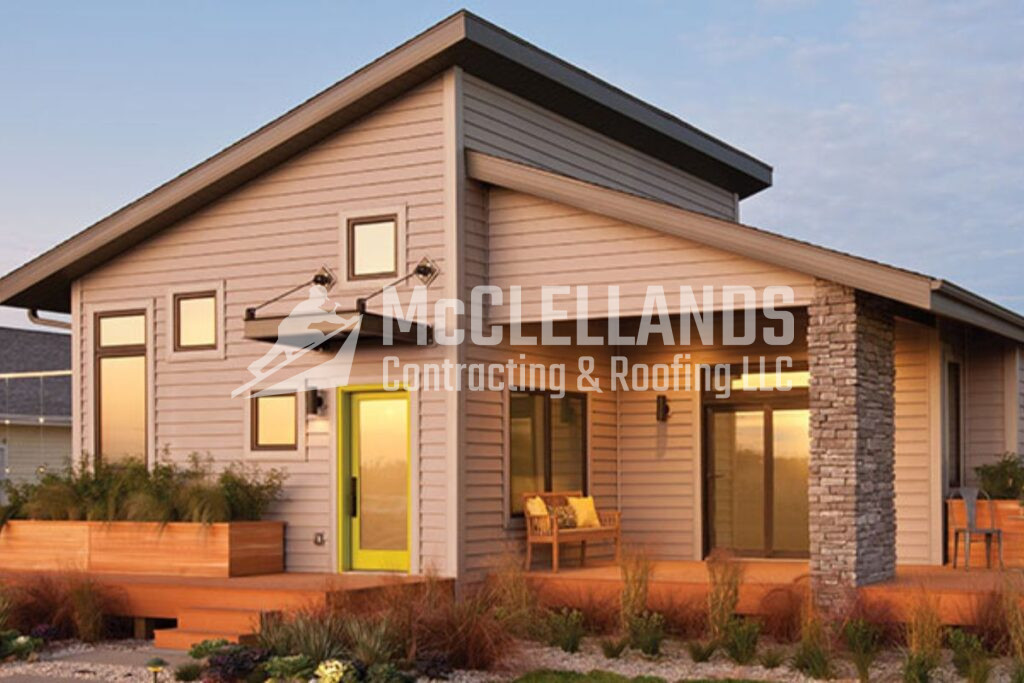
This classic choice consists of long, horizontal panels that overlap for a layered look. It comes in various widths and textures, like smooth, wood grain, or brushed finishes.
Dutch Lap Siding

Also known as clapboard siding, it features an embellishing groove at the top of each panel, which is there to add depth and dimension reminiscent of traditional wood siding.
Board and Batten Siding
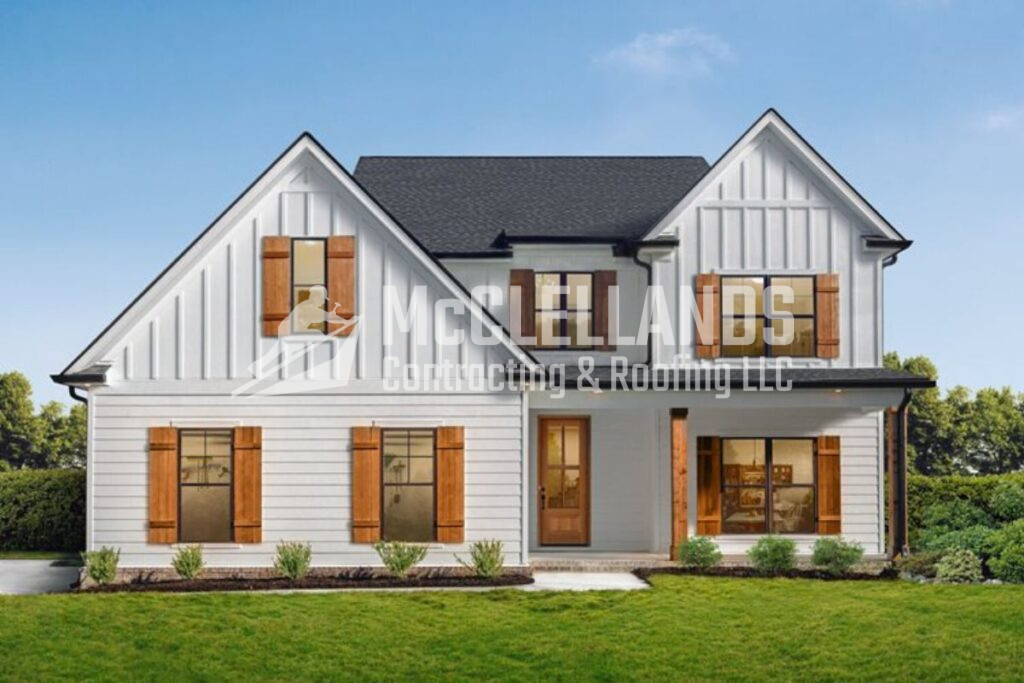
This style has wide vertical boards with narrow strips covering the joints, creating a rustic, farmhouse-inspired look with added texture.
Shake and Shingle Siding
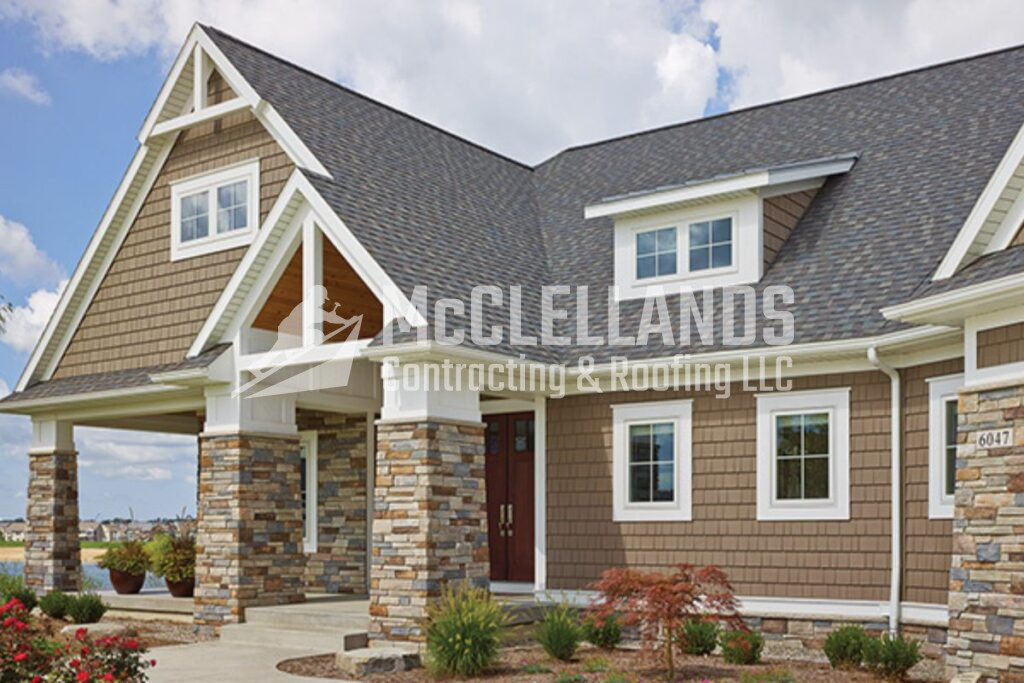
Mimicking the appearance of natural wood shakes or shingles, the shake and shingle design is low maintenance and adds a rustic charm and character to the home's exterior with various shapes and textures.
Scalloped Siding
These are panels with curved or scalloped edges that offer a whimsical appearance. Scalloped vinyl siding is often used as accents or along gables to enhance visual interest.
Insulated Vinyl Siding
Insulated siding panels include foam insulation attached to the back of the panels, offering enhanced energy efficiency and reducing heating and cooling costs.
Which Is The Best Manufacturer Of Vinyl Siding Materials?
Several manufacturers are well-regarded in the industry for producing high-quality vinyl siding materials in various styles and colors.
Here are some notable manufacturers of vinyl siding materials in 2024:
CertainTeed
CertainTeed is a trusted brand known for its reliable vinyl siding and shingles. They offer low-maintenance, fade-resistant options at affordable prices. Their siding collections are popular among homeowners across the country for their durability and sustainability.
Mastic by Ply Gem
Mastic is a respected manufacturer offering a wide range of quality siding options. They have horizontal, vertical, insulated, and shingle/shake siding in various colors and profiles, allowing homeowners to customize their homes to their liking.
Royal Building Products
Royal Building Products is known for top-of-the-line vinyl siding. Their products are elegant, sophisticated, and built to last. With UV-resistant siding capable of withstanding high winds, lifetime warranty options, and a range of colors and designs, there’s something for everyone.
Alside
Alside is a global leader in siding manufacturing, offering quality options at reasonable prices. They have 14 siding choices, including the premium Charter Oak vinyl siding line, available in 19 colors. No matter what you’re looking for, Alside provides homeowners with plenty of options to choose from.
What Colors Do Vinyl Siding Come In?
Vinyl siding is available in countless colors and finishes. You need to work with your contractor to test samples for your home. You can also use online home visualization tools, like the Ply Gem Home Visualizer. The most popular shades are white, tan, brown, beige, light blue, sage, and gray.
To select the best color for your home's vinyl siding:
- Consider your home's architectural style
- Evaluate the surroundings and climate
- Test samples in different lighting conditions
- Coordinate with trim and accents
- Think about long-term maintenance
- Consult with professionals if needed
- Review HOA guidelines, if applicable
Along with colors and styles, the next decision involves selecting the right panel thickness.
What Is A Good Thickness For Vinyl Siding Panels?
The thickness of vinyl siding panels is typically measured in mils (1 mil equals 1/1000th of an inch). The thickness of vinyl siding can vary depending on the manufacturer and product line, but the most common thicknesses range from 0.040 inches to 0.055 inches (40 to 55 mils).
The best thickness for vinyl siding panels depends on several factors, including:
Durability
Thicker panels are generally more durable and less prone to damage from impact, extreme weather, and other environmental factors.
Rigidity
Thicker panels tend to be more rigid, which can result in a straighter and more uniform appearance on the exterior of a home.
Insulation
Some thicker vinyl siding panels may have additional insulation properties that contribute to improved energy efficiency and thermal performance.
Cost
Thicker vinyl siding panels often come at a higher cost compared to thinner panels. Homeowners should consider their budget as well as the overall value provided by thicker panels in terms of durability and performance.
In general, a thickness of around 0.042 inches (42 mils) is considered standard for most residential vinyl siding applications. This thickness strikes a balance between durability, affordability, and ease of installation. However, for areas prone to harsh weather conditions or where additional durability is desired, thicker panels in the range of 0.050 inches to 0.055 inches (50 to 55 mils) may be preferred.
How Long Does It Take To Install Vinyl Siding?
The process of installing vinyl siding usually spans 1 to 2 weeks for a standard-sized home. This encompasses preparation, siding installation, trim attachment, finishing touches, cleanup, and inspection. However, the duration may fluctuate depending on factors like home size, complexity, and weather conditions. It's crucial to engage experienced contractors who can offer precise estimates tailored to your project.
How Do You Find A Good Contractor For Siding Installation?
Following these tips will help you find a reputable contractor who can effectively handle your vinyl siding installation project, providing you with peace of mind and quality results.
Experience
Look for contractors who have a lot of experience with vinyl siding installation and replacement. They should know how to work with different types and styles of siding.
Reputation
Check ratings, reviews, and references from the contractor’s past customers to make sure the contractor is trustworthy and does good work.
Credentials
Make sure the contractor has a local work license and insurance, and is certified by a good manufacturer. The insurance protects you in case something goes wrong during the project, and the manufacturer certification ensures solid warranty protection and high-quality products.
Examples
Ask to see photos of the contractor's past vinyl siding projects. This helps you see the quality of their work and get ideas for your own home.
Communication
Pick a contractor who communicates well and listens to your needs. You want someone who will keep you informed and answer your questions.
Price
Get quotes from a few different contractors and compare them. Remember, the cheapest option isn't always the best. Look for a good balance of price and quality.
Reviewing The Contract
Before hiring a contractor, make sure you understand everything in the contract. This includes what work will be done, how much it will cost, and any warranties or guarantees. If you're unsure about anything, ask the contractor to explain.
We hope this all-in-one buyer’s guide proves helpful for your vinyl siding project. If you need professional advice or siding installation services for your home in Pittsburgh, we’re here to help!
Book A Free Consultation With Pittsburgh’s Top-Rated Siding Contractor!
At McClellands Contracting and Roofing, we have been improving homes with our home services for many years. We have the best siding professionals on our team, who are recommended by numerous homeowners for their honest, effective, and spotless workmanship. We work with the industry’s leading vinyl siding manufacturers and specialize in installing all kinds of panels. If you need siding installation service in Pittsburgh, or want to explore some beautiful vinyl siding options for your home, call us at (412) 353-5660. Book a free consultation with one of our experts and take the first step to your satisfaction.

